| Thursday, November 18, 2021 | |
SESSION 1: MARKET OVERVIEW AND PACKAGING TRENDS |
|
| 10:00 | Welcome note |
| 10:10 | VLSI |
| 10:30 | The use of AI in the semiconductor world, Matthias Werner, Robert Bosch |
| 10:50 | From SoC to Chiplets: Harnessing the X-Dimension of Fan-Out Packaging |
Roberto Antonicelli, Director, Field Applications Engineering, JCET From SoC to Chiplets: Harnessing the X-Dimension of Fan-Out Packaging
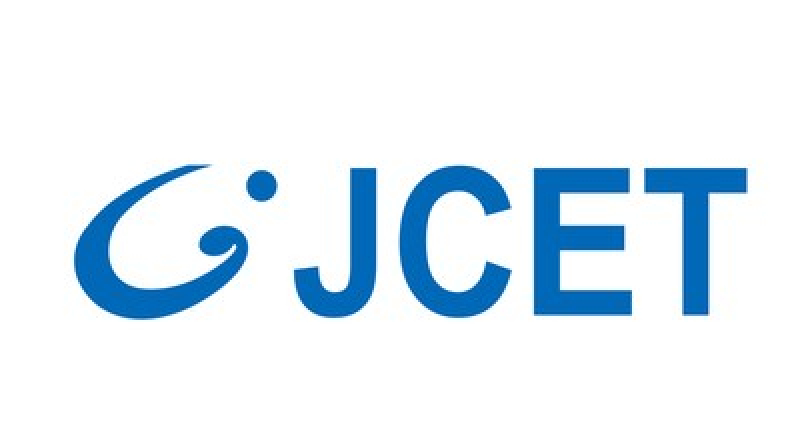 Abstract Biography |
|
| 11:10 | Heterogeneous IC Packaging for Advanced AI Applications |
Mike Kelly, Vice President Advanced Package & Technology Integration, Amkor Technology, Inc. Heterogeneous IC Packaging for Advanced AI Applications
 Abstract Biography |
|
| 11:30 | Automotive semiconductor packaging and testing: a paradigm shift to innovation |
Claire Patel, NPI Packaging Group Manager, Presto Engineering Automotive semiconductor packaging and testing: a paradigm shift to innovation
 Abstract Biography |
|
| 11:50 | Reserved for sponsor |
| 12:00 | Lunch break |
SESSION 2: MATERIAL TECHNOLOGIES |
|
| 13:00 | Welcome note |
| 13:10 | Advanced Materials and Interconnection Technologies for Highly Miniaturized IoT Modules |
Manuel Martina, Head of Strategy, Micro Systems Technologies Advanced Materials and Interconnection Technologies for Highly Miniaturized IoT Modules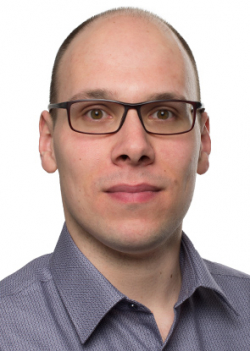
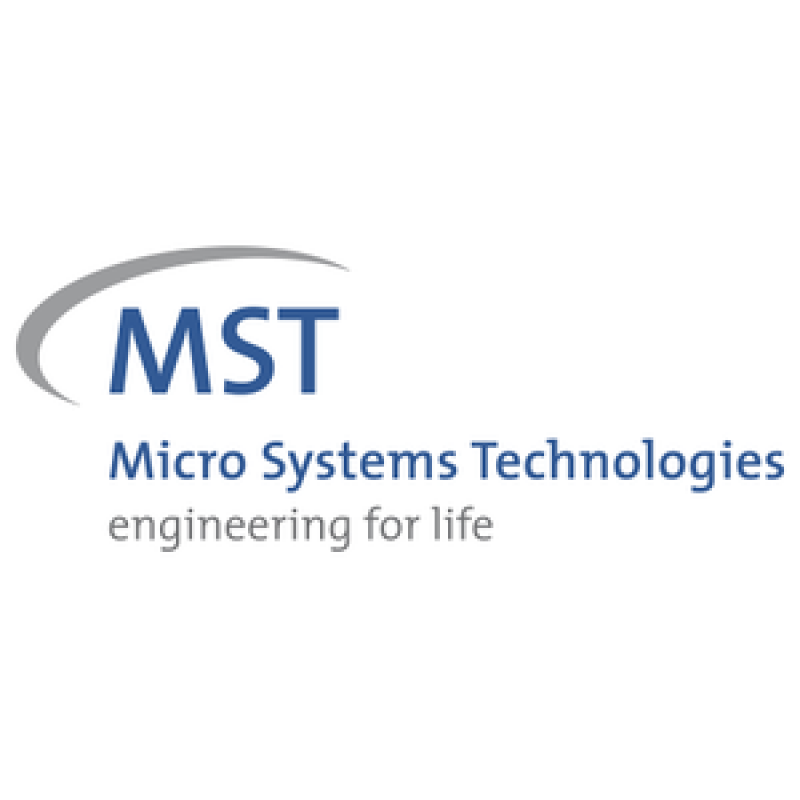 Abstract Biography |
|
| 13:35 | Thin Cu Plate-able Dielectric Material Developments for RF and Power Device Miniaturization |
Ruud de Wit, Business Development Manager EMEA, Henkel Electronic Materials Thin Cu Plate-able Dielectric Material Developments for RF and Power Device Miniaturization
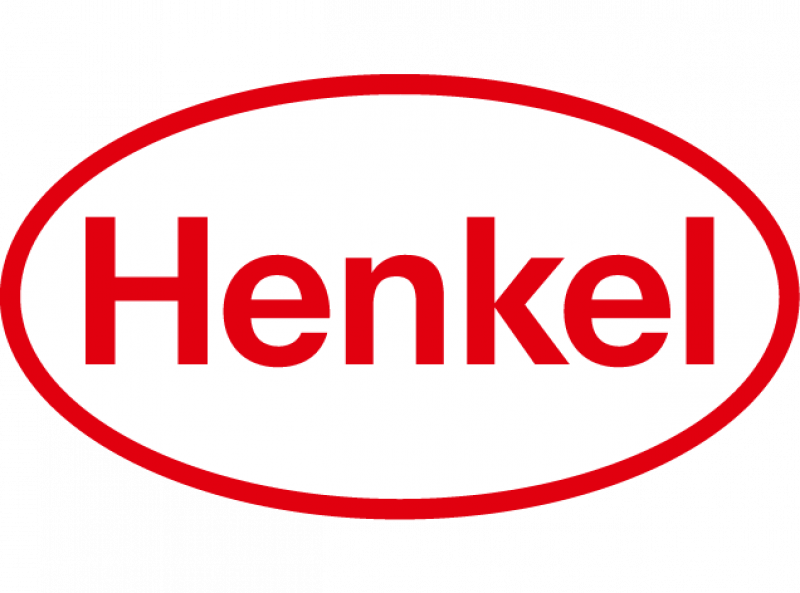 Abstract Biography |
|
| 14:00 | Die-Attach Bonding with Copper Metal Pigment Flakes |
Gordon Elger, Professor for Manufacturing Technologies of Electronics, Technische Hochschule Ingolstadt Die-Attach Bonding with Copper Metal Pigment Flakes
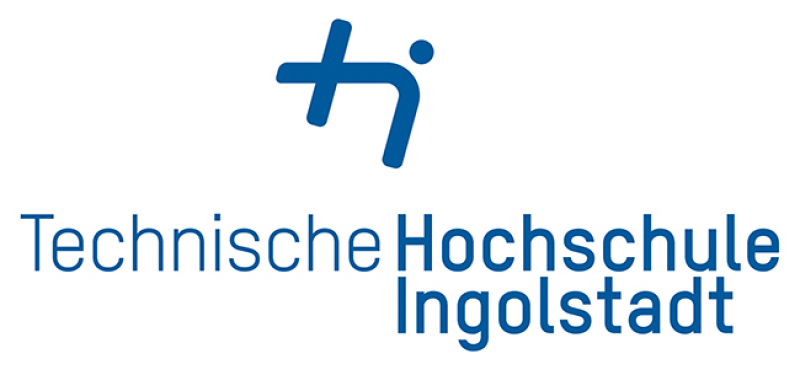 Abstract Biography |
|
| 14:25 | Thin Glass for Wafer- And Panel- Level Packaging: On the Route Towards Industrialization |
Martin Letz, senior principal scientist, Schott AG Thin Glass for Wafer- And Panel- Level Packaging: On the Route Towards Industrialization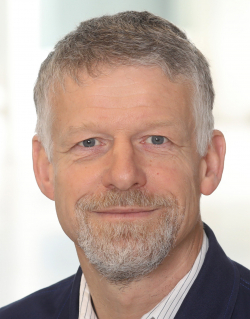
 Abstract Biography |
|
| 14:50 | Reserved for sponsor |
SESSIO0N 3: PROCESS TECHNOLOGIES |
|
| 15:55 | Welcome note |
| 16:05 | Enabling Solutions through Packaging Enablement |
Jean Trewhella, Director of PostFab Engineering, GlobalFoundries Enabling Solutions through Packaging Enablement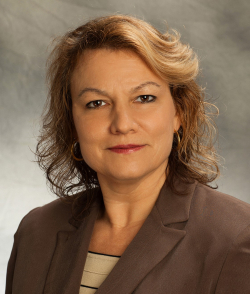
 Abstract Biography |
|
| 16:25 | Reserved for DISCO |
| 16:45 | The Pivotal Role of Uniformity of Electrolytic Deposition Processes to Improve the Reliability of Advanced Packaging |
Ralf Schmidt, R&D Manager Semiconductor, Atotech The Pivotal Role of Uniformity of Electrolytic Deposition Processes to Improve the Reliability of Advanced Packaging
 Abstract Biography |
|
| 17:05 | Monitor Mechanical Stress and Damage in Advanced Packaging |
Robert Hillinger, Business Development Manager, Kistler Instrumente Monitor Mechanical Stress and Damage in Advanced Packaging
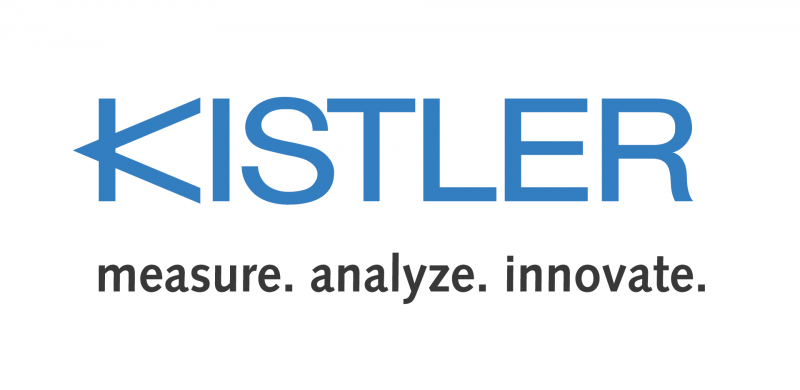 Abstract Biography |
|
| 17:30 | Laser Assisted Deposition for Electronics Mass Production |
Ralph Birnbaum, Director of Business Development, IO Tech Laser Assisted Deposition for Electronics Mass Production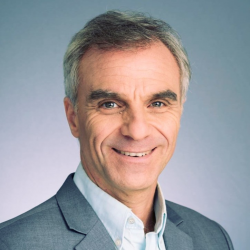
 Abstract Biography |
|